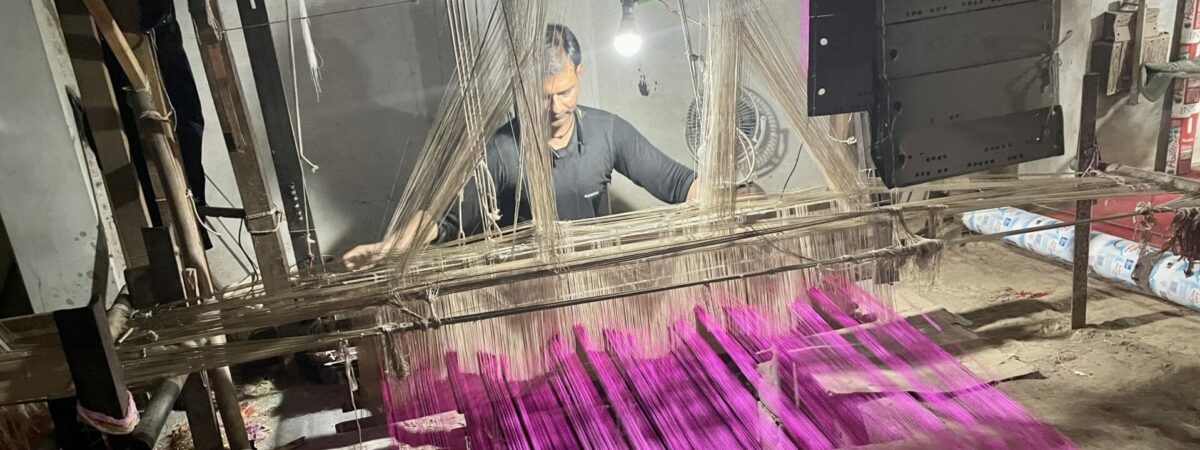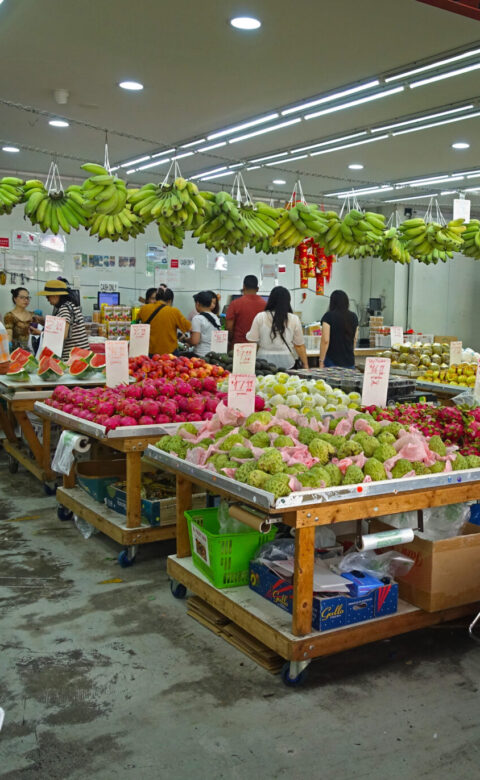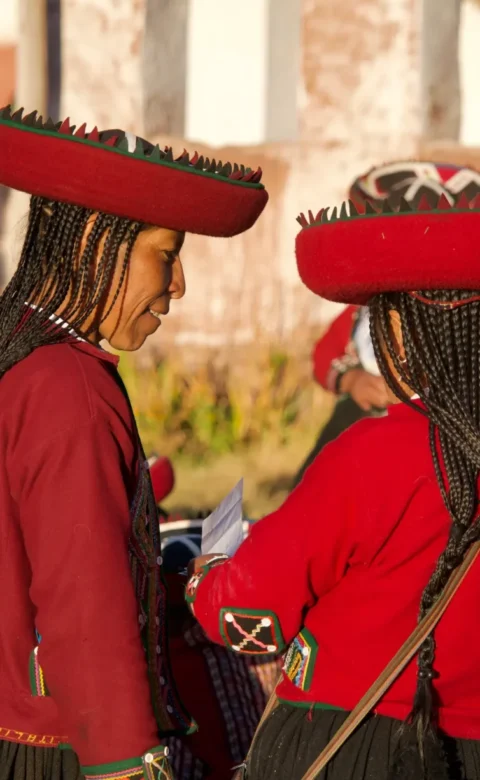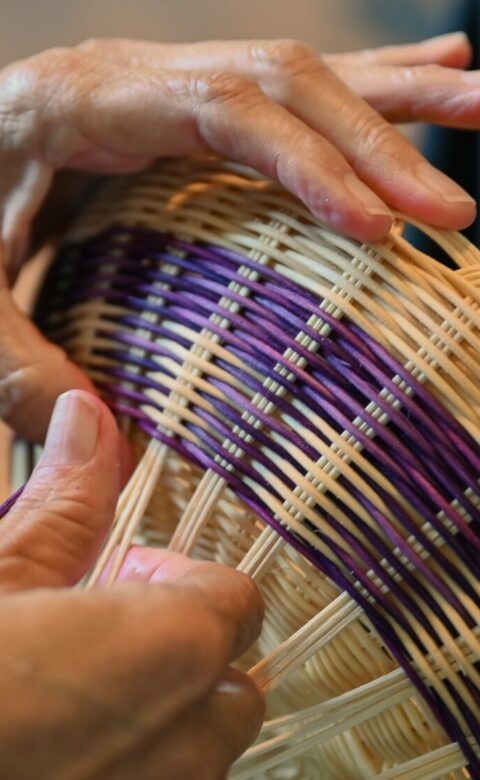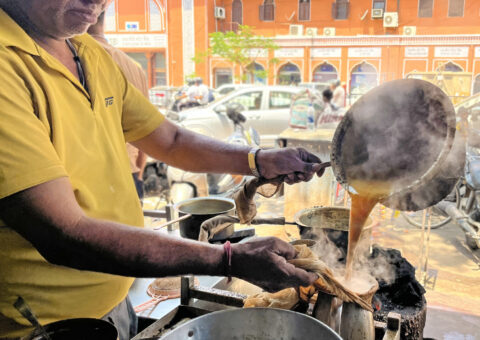Varanasi was once home to a rich, hand-woven silk tradition passed down through generations of artisans. Today, inexpensive materials and mass-production processes dominate the silk market, but some master weavers continue to produce these meticulously hand-woven brocades.
Several yards of sumptuous silks lay piled all over the flat, white-mattressed floors of Haseen Mohammad’s warehouse, as inquiries and orders from women across the country keep coming in through a stream of WhatsApp messages. In his late 50s, Mohammad is regarded as a “master weaver” amongst the Indian city of Varanasi’s once-bustling tradition of rich, silk fabrics.
Often regarded as one of the holiest sites of Hinduism, this city is famous for its spiritual tourism, street food, and ancient ghats (riverfront steps) lining the banks of the Ganges River. But it’s also just as widely known for producing some of the world’s best silk saris. This is an age-old weaving tradition followed by generations of largely Muslim and marginalised caste weavers under India’s hierarchical caste system.
Popularly known as the “Banarasi sari” or “Banarasi silks,” these meticulously hand-woven brocades feature elaborate detailing. The warp and weft of zari (yarn made out of silver and gold wire) is interlaced to produce intricate motifs and luxurious designs.
Tracing its origin to at least the 16th or early 17th century, this tradition of weaving silk brocades gained ground after the migration of silk weavers and traders from the westernmost border state of Gujarat, who left that region after a famine in 1603. The patronage of the Mughal rulers popularised this particular clothing, and it became synonymous with ceremonial and luxury wear.
While this tradition of hand loom silk weaving was highly prized for centuries, the past few decades have seen a massive shift to mechanised power looms. Today, after two devastating waves of COVID-19 in India and growing competition from power loom weavers, most manual weavers have been shut out of the business. Taking their place are cheaper and cost-efficient machines, Chinese yarn, and mass-produced fakes.
Mohammad, however, is one among the remaining silk weavers who only sells hand-produced weaves. A national award-winning master weaver with nearly 70 weavers working under him, Mohammad is a fourth-generation artisan based out of a narrow bylane in the city’s old Peeli Kothi area.
For weavers like him, and to the expert’s eye, the difference between the original hand-woven product versus the machine one is crucial.
The silks are woven employing two techniques: kadhua/kadhwa and phenkua/phenkwa. Under the kadhua technique, each motif is woven into the silk individually instead of using a shuttle. This employs the use of trained artisans, who use an embroidery-like skill to weave threads in one-by-one. “That work can only be done through the hand loom,” Mohammad says.
Meanwhile, with the phenkua technique, the threads of the warp are thrown from end-to-end using a shuttle. (“Phenkna” means “to throw,” from which the term is derived.)
“When COVID-19 began, several hand looms were shut down. It is probably a miracle that I survived. What earlier used to take 10 days, would now take 20 days for an order,” he says. “The position of hand looms is still so dire, that finding weavers who do this kind of work is very difficult.”
Mohammad points out that, until the 1990s, approximately 75 percent of the silks were woven by hand, and 25 percent by machine-operated power looms. “But the position of today is the total opposite with power looms easily accounting for 75 percent of the weaving business today, and handweavers dying out,” he says. Mohammad estimates the city’s famous silks now retain “just 25,000 to 30,000” handweavers, with more than 150,000 now working on power looms.
“The entire USP (unique selling point) of the Banarasi silk tradition was that it was painstakingly woven by hand,” he says. However, today’s younger weavers heavily favour power looms or are migrating to cities like Surat and Bengaluru. “There is money in both power looms and hand looms, but the real issue is that the weavers of today don’t want to work by hand. The machine is easier. It doesn’t require that much concentration and skill.”
Meanwhile, further south of Varanasi’s Peeli Kothi area lies Reori Talab, home to another set of hand loom master weavers’ families, including the abode of Haji Munna’s textiles.
Run by Shahid Junaid, the eighth-generation descendant of the 19th-century weaver Haji Munna, the family has been in the silk hand loom trade since at least 1844.
Sixty-one-year-old Junaid points out how most of the business has been carried out by local Muslims, largely from the maginalised caste of Ansaris in India’s hierarchical caste system. “People like us never had formal stores to sell these weaves. It has always been a family business, operated in our homes,” he said.
“I’d come back from school, keep my bags on these mattresses, and just sit and watch. My father had installed a hand loom inside our home, so we just learned it as part of the family tradition, despite having no master or teacher. For a long time, there has been a tradition in our caste community that we have to undertake this as our business,” Junaid said.
In the basement of their house, hand loom weaving artisans painstakingly weave motifs such as the popular floral “jaal” (intertwined mesh) patterns into silks using the kadhua technique. The traditional Banarasi silk weaves have historically employed motifs such as paisleys, floral jaals, and shikargah, creating depictions such as of hunting scenes featuring men and animals or birds. Upstairs, the master weaver Junaid is surrounded by the finished products, which are ready to be distributed to commercial outlets and discerning fashion designers.
But even as brand-name designers across India flock to both Mohammad and Haji Munna’s Junaid, hand loom master weavers like them are dwindling in numbers.
Junaid explains one of the reasons this is happening: “More people are now headed toward power looms because of the paucity of skilled hand artisans. Also, hand loom is a cottage industry where if one artisan starts working on a specific product, then only they can operate the loom and no one else can replace them, otherwise the design is visibly different.
“With a power loom, the workers operating this machine can do so independent of the skill of their hands,” Junaid said. “So if one weaver falls sick, he can easily be replaced by another.”

